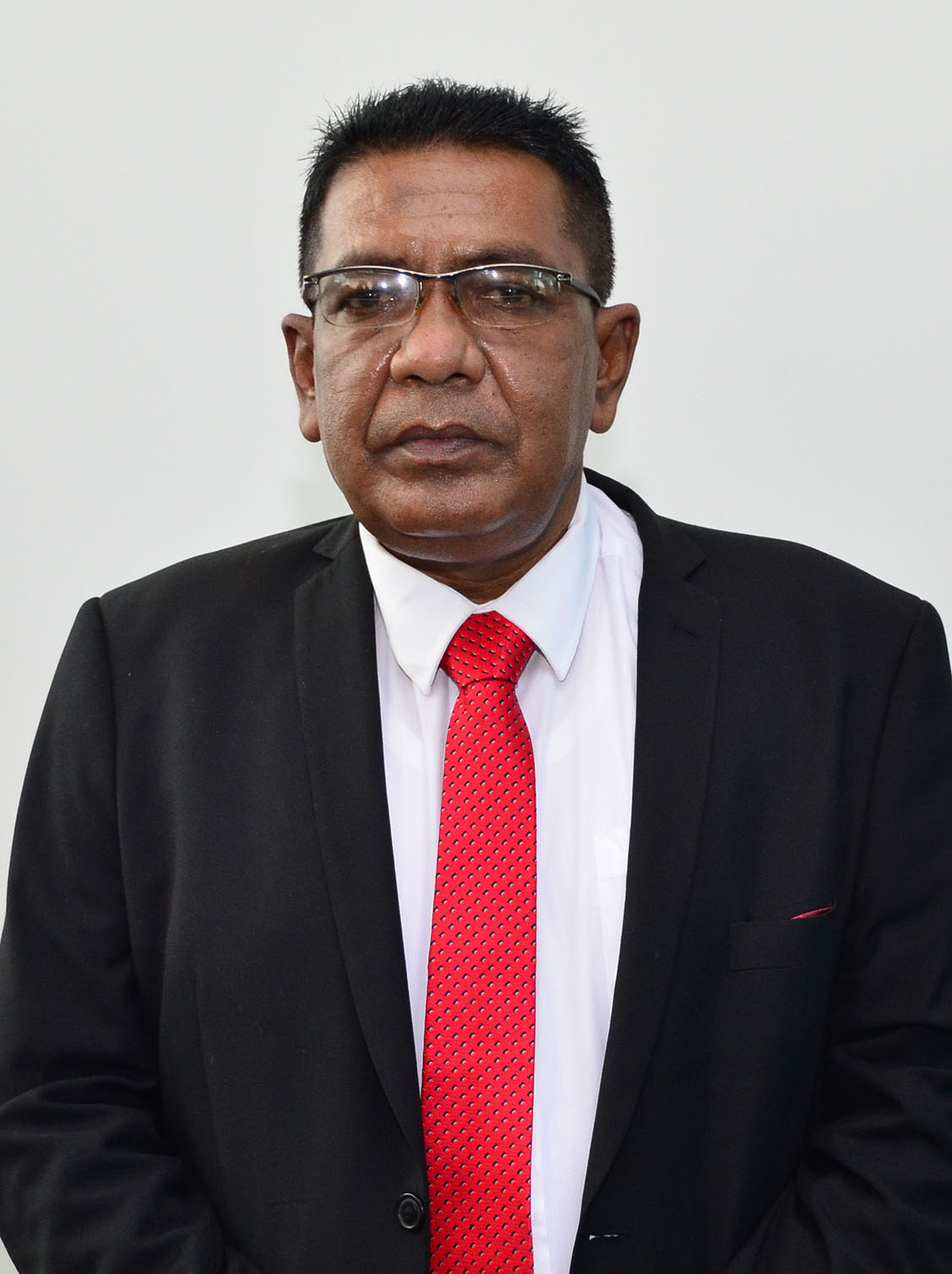With many fisherfolk across Guyana reporting steady declines in their catches, Agriculture Minister Zulfikar Mustapha last Wednesday faced questioning by the Parliamentary Sectoral Committee on Economic Services on what the government is doing to ensure marine fisheries sustainability.
In response to the question posed at a meeting of the committee last Wednesday, Mustapha informed that the government is working on updating and implementation of its Fisheries Management Plans along with research on gear type in an attempt to get rid of those that have adverse effects on the environment.
He told the committee that the government is also embarking on a stock assessment of commercial fish species while closing the season for the seabob stock. It is also seeking to implement harvest control rules for the seabob stock, while looking at the introduction of an observer programme.
The Agriculture Minister did not go into detail as to what are some of the factors they have identified as contributors to the decline in catches.
Back in December last year, the government had said that researchers have declared the low catches as a global issue while adding that the government would have met with United Nations’ Food and Agriculture Organisation (FAO) and the Environmental Protection Agency (EPA) to assist with an analysis, to determine the reason behind the low catches.
That analysis is said to be in progress.
“As I am speaking here, we have…a number of officers within the ministry and other agencies looking to see why we are having the low catches so that we can have an answer to those things. Guyana is not the only country experiencing low catches,” Mustapha had explained during a subsequent engagement with fisherfolk in Berbice.
Last week, Stabroek News reported that Liliendaal fishermen were being instructed to move from their traditional fishing grounds by crew members of vessels supporting ExxonMobil’s offshore operations.
The fishermen had said that with low catches in other parts of the Atlantic Ocean along the East Coast, they have ventured all the way to Berbice in a bid to find a profitable area. Their expeditions, however, have been futile and has left them contemplating their next location. The fishermen are now considering the Pomeroon fishing belt but noted that their expenses are likely to be higher and only those who have money to invest will be able to venture that far.
Since offshore operations commenced, the government has been receiving criticisms for the lack of baseline fishing studies in an effort to protect the livelihoods of fisherfolk. Several attempts to engage Minister Mustapha on the Fisheries Department’s failure to execute such studies have proven futile.
During a November 2021 engagement on ExxonMobil’s Yellowtail Development Project’s Environmental Impact Assessment (EIA) Environmentalist Simone Mangal-Joly had called out the oil giant’s consulting firm, ERM, for the lack of a comprehensive fishery baseline study as part of the impact assessment.
She had acknowledged that while there is a fishing study in the 1300+ pages Environmental Impact Assessment (EIA) document, there is no comprehensive mapping of fish nurseries in Guyana.
“It (the participatory fishing study) has no comprehensive mapping of the fish nurseries in Guyana or in neighbouring countries that might be feeding our fisheries sector. There are no indications whatsoever in any baseline study done including the marine baseline study done of what the migratory patterns are of commercial or non-commercial fish compared to that whole zone, the mud that extends all the way to northern Brazil,” she had said while also lashing out at the Agriculture Ministry for failure to conduct such a study prior to the commencement of offshore activities as well.
Catfish exports to US
Mustapha was also asked about what the government is doing to have Guyana’s catfish (gilbaka) re-enter the United States market. He explained that several meetings were held with the United States and that the self-reporting tool was completed and sent up to the Regulatory Agency, The Food Safety Inspection Services, for review on the September 10 last year.
“The Fisheries Products regulations was updated and sent to the AG’s Chambers for review and will be gazetted shortly. Testing of waters where the fish is reared: the EPA is collaborating with the Veterinary Public Health Unit (VPHU) and the Fisheries Department to test the waters,” he further stated in response.





